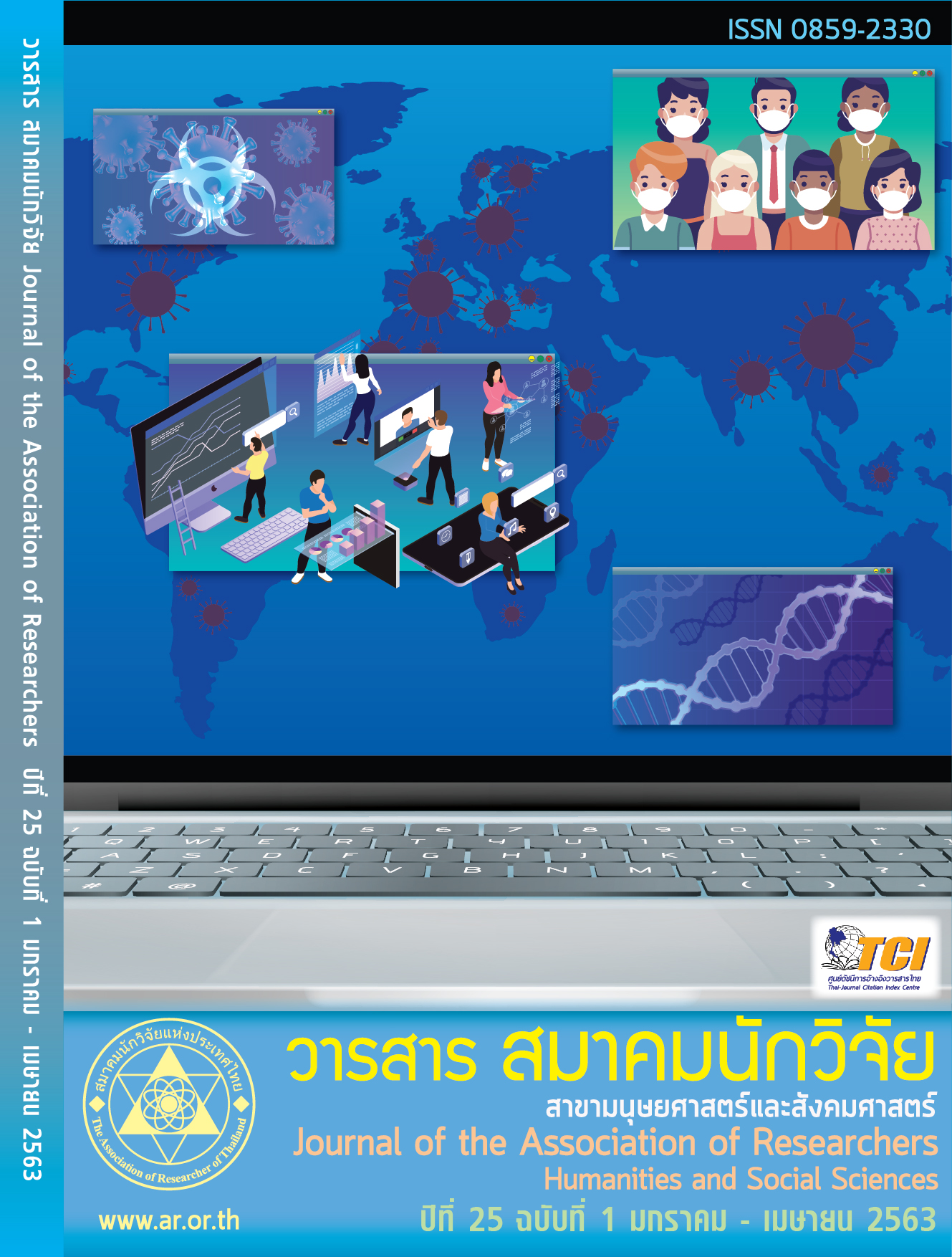The educational development paradigm for Indian Institute of Technology (IITD)
Main Article Content
Abstract
India is one of the most potentials in the globe regarding the international trade and investment across the border owing to its large territory together with huge market capacity. More precisely, there are approximately 1,250 million Indian residents and more than 350 million Indian people are sort of middle-high income. Additionally, every kind of labor can be found in this country, lasting from unskilled study ones to the scientific expert who invests worldwide technology and know- how. In addition, India is rich in natural resources and public policies aiming to link up the South East Asian region even deeper, which in turn conduces to the most attractiveness of this nation. Nonetheless, India is relatively diverse in a variety of dimensions starting from the aspect of the economy, security until the facet of social and cultural. This brings about the lack of deepness and thoroughness in regard to the investigation of opportunity in trade and investment in every criterion of India. Consequently, this report will attempt to penetrate through the gateway of trade and investment in India not only the overall character but also the particular state ones. To be more accurate, our researcher unit opts for the most capable and easily accessible state for Thai entrepreneurs-Uttar Pradesh as a case study. We emphasize both numerous reliable secondary sources of data and primary data gathered from the survey of the route, market within the State of Uttar Pradesh and nearby territories Delhi, Bihar State, and Rajasthan State. Furthermore, we conduct brainstorming procedures and in-depth interviews with scholars, businessmen, investors either Indian or Thai ones. This empirical research will shed some light on the opportunity of culture between India and Thailand. Mainly examining State of Uttar Pradesh in several frameworks, for instance, India policy, schemes, stability, economy, trade, investment and social & cultural issues.
The benefit of education development paradigm for the Indian Institute of Technology or IITD had many campuses such as Varanasi Chennai, Guwahati, Indore, etc. There had very high technology and famous in country and abroad. Moreover, more professors and students. Professor in IITD had more knowledge to forgive their student in the class and specialist in Technology. IITD had conveniently in high Technology and students can give the chance from the company every year the company that had famous in India will be contacted to IITD for giving chance to the student. They will be graduate in that term. They trust to IITD for any reason.
Article Details

This work is licensed under a Creative Commons Attribution-NonCommercial-NoDerivatives 4.0 International License.
บทความที่ปรากฏในวารสารนี้ เป็นความรับผิดชอบของผู้เขียน ซึ่งสมาคมนักวิจัยไม่จำเป็นต้องเห็นด้วยเสมอไป การนำเสนอผลงานวิจัยและบทความในวารสารนี้ไปเผยแพร่สามารถกระทำได้ โดยระบุแหล่งอ้างอิงจาก "วารสารสมาคมนักวิจัย"
References
Guba,E.G.,&Lincoln,Y.S.(1998).Competing Paradigms in Qualitative Research.In N.K. Denzin &Y.S. Lincolin(Eds.).The landscape of qualitative research. London:Sage. 195 -200
Neuman,W.L.,(2000).Scial Research Method:Qualitative and Quantitative Approaches (4th ed.)MA.: A person Education Company.
Ritzer, G.(2000).Sociological Theory.(5th ed).New York:McGraw-Hill.
Charles Kivunja1 (PhD) & Associate Professor Ahmed Bawa Kuyini2. Understanding and Applying Research Paradigms in Educational Contexts. International Journal of Higher Education. Vol. 6, No. 5; 2017
Kuhn, T. S. (1962). The structure of scientific revolutions. (1st Edn). Chicago, IL: University of Chicago Press.
Kuhn, T. (1970). Postscript 1969. In T. Kuhn, The structure of scientific revolutions (2nd ed.,). Chicago: University of Chicago Press. 174-210
Guba,E.G., &Lincoln, Y.S.(1998).competing Paradigms in Qualitative Research.In N.K. Denzin &Y.S. Lincoln (Eds.),The landscape of qualitative research.London:Sage. 195 – 200


